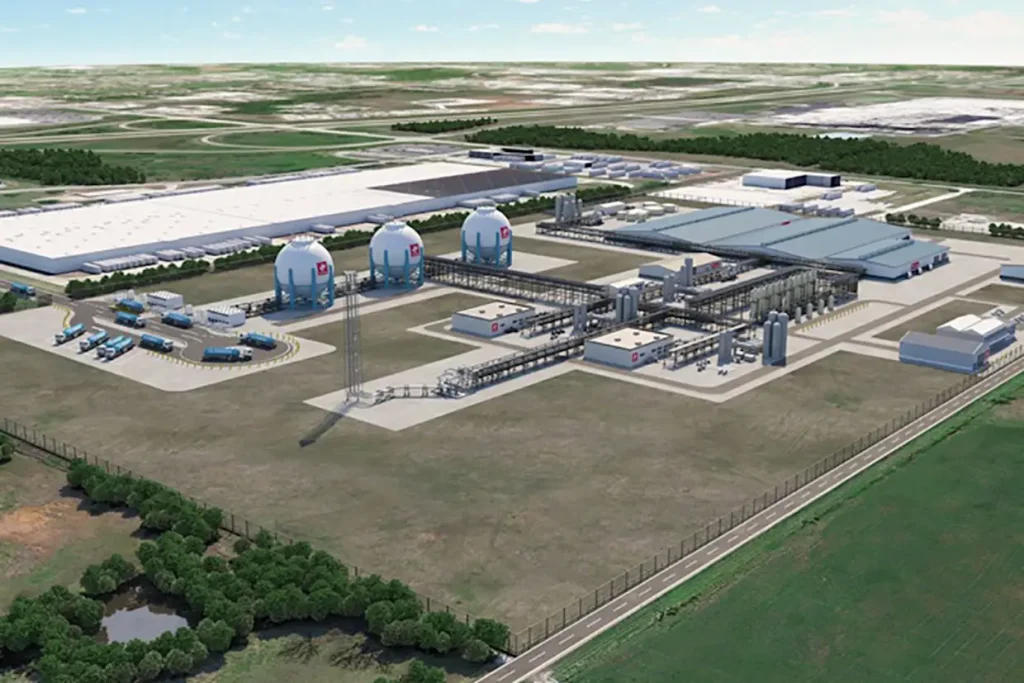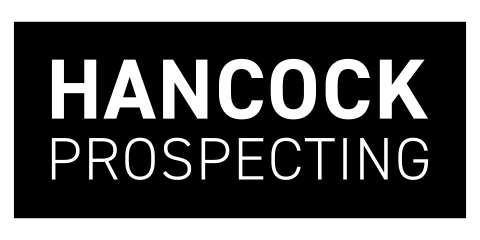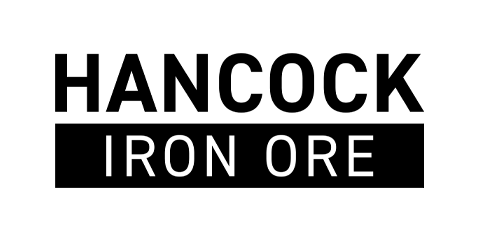
Article by Angela Macdonald-Smith, courtesy of Financial Review.
23.07.2025
Woodside Energy will take a $US140 million ($213.5 million) profit hit after abandoning a major hydrogen project in the United States, one of the many clean energy investments that has been scrapped after the return of Donald Trump to the White House
The oil and gas producer has also suffered a blowout in the budget for decommissioning old oil and gas fields, resulting in a cost of as much as $US500 million that will be booked in its first-half earnings.

Woodside’s report for the June quarter showed sales dipped 1 per cent from the March quarter to $US3.28 billion on production that edged up 2 per cent to 50.1 million barrels of oil and gas. Sales for the first half rose 10 per cent to $US6.59 billion on production that was 11 per cent higher at 99.2 million barrels. Average prices dipped 2 per cent.
Woodside decided last year to exit the proposed H2OK hydrogen project in Oklahoma and a concentrated solar project in California after finding the projects did not deliver value for shareholders. The decisions came as the second Trump administration made it clear that emissions reduction had dropped down the list of priorities – a strategy that has resulted in a swathe of federal funding cuts for clean energy projects.
In its quarterly update on Wednesday, Woodside cited “ongoing challenges facing the lower-carbon hydrogen industry, including cost escalation and lower-than-anticipated hydrogen demand” as the reason it was exiting H2OK. The decision would result in a $US140 million pre-tax writedown.
Woodside not abandoning clean energy
Woodside is continuing with its biggest investment in clean energy: the Beaumont low-carbon ammonia project in Texas, which was 95 per cent complete at the end of June. Production of regular ammonia is expected late this year, with the low-carbon version scheduled to follow in 2026.
Work is also continuing on a hydrogen refuelling project in Perth called H2Perth, where hydrogen production is expected in the second half of 2026.
On the hike in costs for decommissioning the Minerva, Stybarrow and Griffin fields on the east and west coasts of Australia, Woodside said the condition of some sites “continued to present challenges for safe and efficient execution” of the required work. That meant the expected cost would be between $US400 million and $US500 million, higher than expected, leading to the expense to be taken in the first-half results.
“Removal of other equipment at the legacy Minerva, Stybarrow and Griffin assets has been impacted by unexpected challenges, with further engineering and alternative solutions required,” Woodside chief executive Meg O’Neill said.
The June quarter included the landmark final investment decision to build the Louisiana LNG export terminal in the US, 40 per cent of which was sold for $U5.7 billion to private investor Stonepeak in June.
Woodside has been in talks with other potential partners to invest in Louisiana LNG, and O’Neill said on Wednesday the company continued to receive “strong interest” from high-quality third parties.
A collaboration agreement signed with Saudi Arabian powerhouse Saudi Aramco in May could result in Aramco buying a stake in the project and purchasing LNG, she added. The Saudi Arabian national oil company may also collaborate with Woodside on the Beaumont ammonia project.
Woodside also reported the permanent shutdown of one of the five LNG production trains at North West Shelf, the country’s biggest export project, which is running out of its own gas supplies. The closure of the project’s train two has cut production capacity at the venture to 14.3 million tonnes a year from 16.9 million. The Scarborough and Pluto expansion project was on track to deliver an initial cargo in the second half of 2026, with construction 86 per cent complete. The large gas project has faced several legal challenges, with a decision on the latest still pending in the Federal Court.
Woodside narrowed its full-year output guidance to between 188 million and 195 million barrels, from between 186 million and 196 million barrels. It also reduced its guidance for production costs per barrel.



